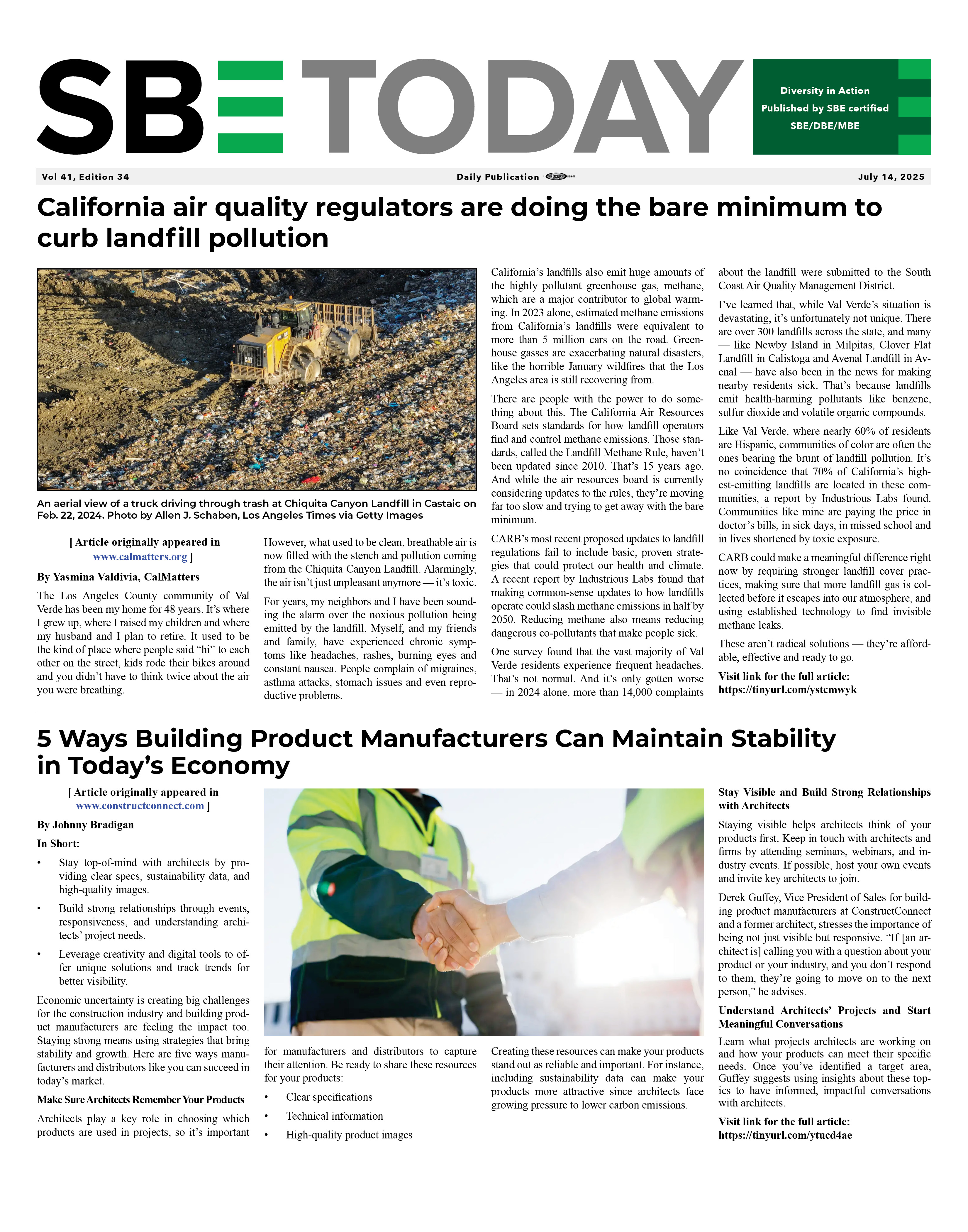|
|
8 Effective Ways to Motivate Your Employees. By Lizzie Howard,
02/14/2023
 By Lizzie Howard, As a leader, one of your most important tasks is to motivate your employees to perform at their best. A motivated workforce leads to higher productivity, better job satisfaction, and success. However, inspiring workers may be difficult, and what works for one individual may not do the trick for another. Listed below are eight proven strategies for inspiring your staff Effective Ways to Motivate Employees
Provide Clear Goals and Expectations
When workers have clear goals and objectives, they are more driven to achieve them. Provide clear goals and expectations, and communicate regularly to ensure everyone is on the same page. Or you can look into motivational speakers for hire to personally speak to your team and motivate everyone towards the same goal.
Offer Opportunities for Growth and Development
When workers can perceive that they have room to advance in their careers, they become more invested in their work. Provide opportunities for staff growth and development, and push them to take on more responsibility.
Recognize and Reward Performance
Recognizing and rewarding good performance is a powerful motivator. Offer bonuses, promotions, or other incentives for a well-done job, and acknowledge employees in front of their peers.
Foster a Positive Work Environment
Having a pleasant place to work is essential for maintaining staff morale. Encourage open communication, provide a comfortable and safe workplace, and promote teamwork and collaboration.
Provide Flexibility
Offering flexibility in the workplace, such as flexible scheduling or working from home, can increase employee motivation. Employees will be happier and more invested in their jobs if they are given time to pursue interests outside of work.
Offer Fair Compensation
Fair compensation is a key factor in employee motivation. Make sure your workers are being paid fairly in comparison to the market, and think about providing them with additional perks like health insurance, retirement plans, and paid vacation.
Give Feedback and Support
Employees are more motivated when they receive regular supervisor feedback and support. Provide constructive feedback, offer support and guidance, and encourage open communication.
Empower Employees
Empowering employees by giving them autonomy and decision-making authority can increase motivation and engagement. Invest confidence in your staff's decision-making abilities and provide them with the means to achieve their goals.
Advantages of Motivating Employees
Increased productivity: Motivated employees are more productive and efficient, leading to higher output for the company.
Improved morale: Workplace satisfaction increases when employees are happy and fulfilled in their jobs. Lower turnover rate: Employees are less likely to quit the organization and incur associated expenditures when they are inspired and appreciated. Improved work quality: Employees who feel inspired to do their best job often exceed expectations in terms of both output quality and pride in their work. Enhanced creativity and innovation: An inspired team is more likely to generate fresh, original ideas since its members will feel safe voicing their opinions. Better customer satisfaction: Employees that are inspired to do their best for their customers are more inclined to go above and beyond in meeting their needs. Increased teamwork and collaboration: Staff members that feel motivated are more likely to work together productively, which in turn improves project results. Improved financial performance: Companies with motivated employees tend to see improved financial performance due to increased productivity and efficiency. Better work-life balance: Motivated and engaged workers are less prone to get burned out and more likely to strike a healthy work-life balance. Improved reputation: Companies with a motivated workforce are known for their positive work culture, which can enhance their reputation and attract top talent. Drawbacks of Motivating Employees
Increased costs: Implementing motivational programs and incentives can be costly for a company.
Different motivations for different employees: What motivates one employee may not motivate another, making it challenging to create a one-size-fits-all motivational program. Resistance to change: Some employees may resist new motivational initiatives and see them as a disruption to their work routine. Unintended consequences: Motivational programs can sometimes have unintended consequences, such as encouraging unhealthy competition among employees. Difficulty measuring success: It can be challenging to accurately measure the success of motivational programs and determine their impact on employees. Different levels of management involvement: If top management is not fully committed to the motivation program, it may not be effective. Lack of employee buy-in: Employees may not fully buy into motivational initiatives if they don't believe they are beneficial or relevant to their work. Difficulty maintaining motivation: Maintaining motivation over time can be challenging, and motivational programs may lose effectiveness over time. Potential conflicts: Implementing motivational programs can sometimes lead to conflicts between employees, especially if there is perceived favoritism or unequal distribution of rewards. Dependence on incentives: Employees may come to rely on incentives as the sole source of motivation rather than finding intrinsic motivation in their work Conclusion
Motivating employees is a critical aspect of leadership. Using these eight effective ways to motivate your employees, you can increase productivity, improve job satisfaction, and create a more successful workplace.
Back To News |
|





